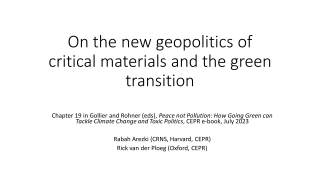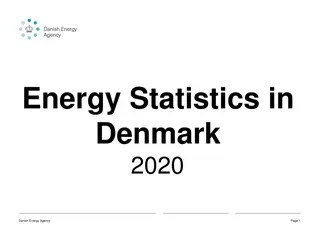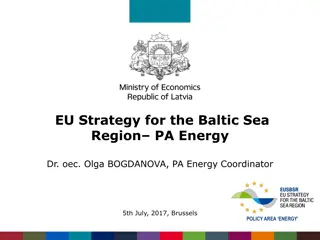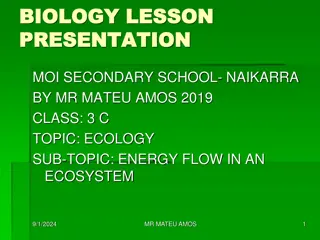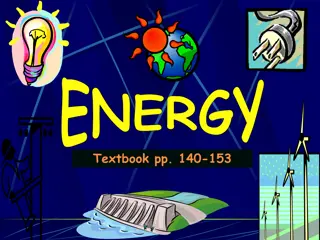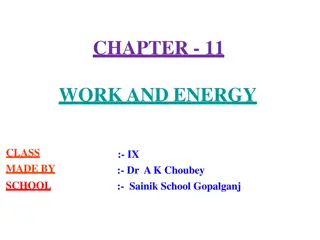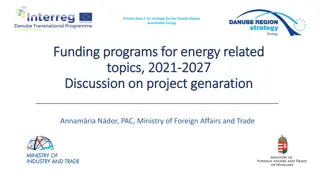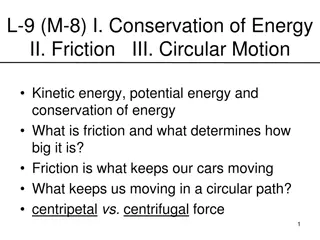Global Energy Geopolitics: A Comprehensive Overview
Explore the intricate dynamics of international energy geopolitics, from the significance of key regions like the Persian Gulf and South China Sea to the role of major players like the US and Russia. Delve into the potential impact of shifting oil and natural gas reserves on global dependence relationships and strategic considerations.
Download Presentation

Please find below an Image/Link to download the presentation.
The content on the website is provided AS IS for your information and personal use only. It may not be sold, licensed, or shared on other websites without obtaining consent from the author. Download presentation by click this link. If you encounter any issues during the download, it is possible that the publisher has removed the file from their server.
E N D
Presentation Transcript
INTERNATIONAL ENERGY GEOPOLITICS Professor Bert Chapman Purdue University Libraries Duke Energy Academy June 19, 2018 Graphic design contributions by Aly Edmondson, Purdue University Libraries
ENERGY SUPPLY LINES-ESP. OIL & NATURAL GAS-SOURCE: U.S. ENERGY INFORMATION ADMINISTRATION
SOURCE: ASIAN MARITIME TRANSPARENCY INITIATIVE, CENTER FOR STRA SOURCE: ASIAN MARITIME TRANSPARENCY INITIATIVE, CENTER FOR STRATEGIC & INTERNATIONAL STUDIES INTERNATIONAL STUDIES TEGIC & SOURCE: ASIAN MARITIME TRANSPARENCY INITIATIVE, CENTER FOR STRA SOURCE: ASIAN MARITIME TRANSPARENCY INITIATIVE, CENTER FOR STRATEGIC & INTERNATIONAL STUDIES TEGIC & INTERNATIONAL STUDIES
MAJOR PRODUCER AND EXPORTER OF OIL, NATURAL GAS. SIGNIFICANT NUCLEAR POWER PRODUCER.
U.S. MAY USE ITS INCREASING OIL AND NATURAL GAS RESERVES TO LESSEN EUROPEAN DEPENDENCE ON RUSSIA
FINDINGS FROM 2018 BP ENERGY OUTLOOK CO2 emissions increased in 2017 and will increase 10% by 2040. U.S. share of global crude oil production (including natural gas liquids) increase from 12% to 18% by 2040 compared to 13% for Saudi Arabia. U.S. natural gas production will be 24% of global total in 2040 compared to 14% for Russia that year. India will emerge as the largest growth market for global energy with coal playing a key role as it seeks to provide electricity access to its entire population. Coal will still account for 30% of global power provision in 2040. China is world s largest energy consumer but its demand will slow out to 2040. Africa will account for 1/5 of global energy demand between 2035-2040. Almost 70% of energy consumption increase goes to electricity sector. Renewable energy has failed to impact fossil fuels share of power generation. Nuclear and hydro power output will increase. U.S. remains largest consumer of gas and 2nd largest consumer of oil. U.S. will lose its position as largest producer of renewable energy with its share of global production declining from 24% currently to around 15% by 2040. China s share of renewables will increase to around 30%.















